Cats in the Heat: 10 Ways to Keep Your Cat Cool
*Updated January 14, 2023
Summer is officially here, and for many of us, that means the hot temps are here too. Cats everywhere rejoice! After all, when most people think of cats in the heat, they picture a happy cat laying out in a sun puddle. They love the heat, right?
Yes, cats do enjoy warm things; however, they can get overheated and suffer from heatstroke and dehydration just like we humans can. If you plan to get outside and enjoy those summer days with your cat, it’s important that you take the proper precautions to keep your cat cool.
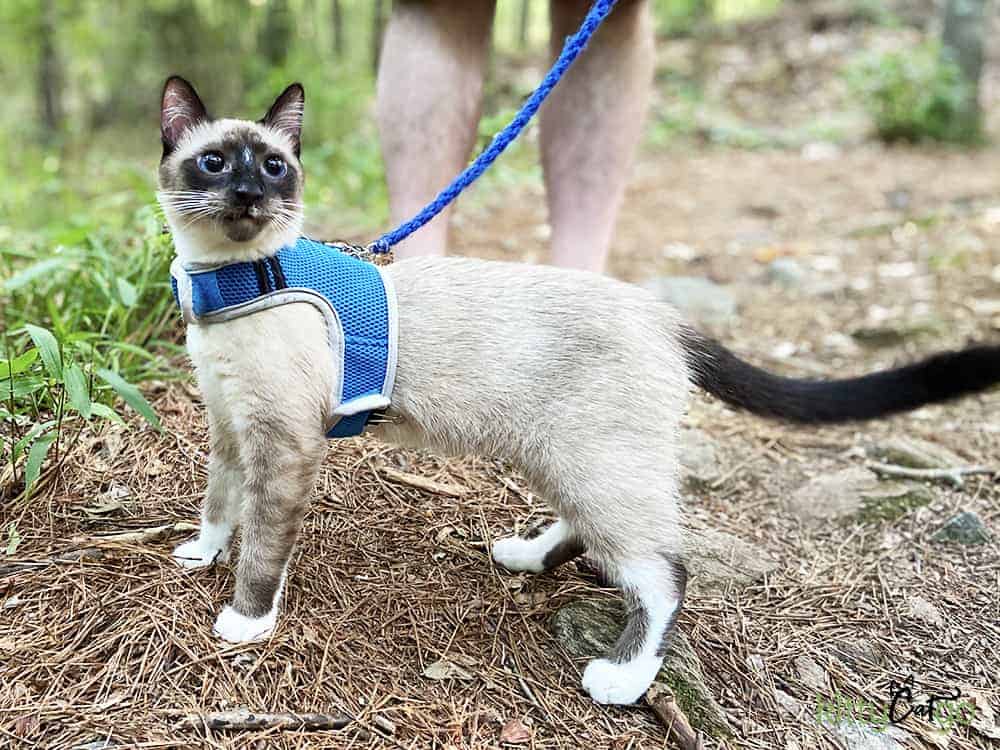
Interested in an ad-free experience?
Come join the Trailblazers community and get access to ALL KittyCatGO articles with ZERO ads!

*Disclosure: This post contains affiliate links. If you make a purchase using one of these links, I will receive a small commission at no extra cost to you. This helps me to continue creating helpful content. Don’t worry – I would never recommend something I don’t like or use myself!
10 Cooling Tips for Cats in the Heat
You might be thinking that the summer has brought an end to your cat adventuring, but that doesn’t have to be true! Thankfully there are several things you can do to help keep your cat cool and make sure they’re safe during the hot summer months.
Here are our favorite ways to keep your cat cool in the summer when exploring outdoors together:
1. Adventure in the mornings and evenings.
Temperatures start rising in the late morning time, with the hottest time of the day being around 3pm. Aim to go on your outdoor adventures before 10am or after about 5 or 6pm. That way you and your cat are avoiding the hottest parts of the day.
2. Avoid direct sunlight.
When choosing your summer adventure locations, consider what kind of coverage is around. Is there any shade, or will you constantly be in direct sunlight? Try to choose places that offer more shaded areas – either parks that have pavilions and shelter, or places that have a lot of tree/woods coverage. We all know how miserable it is to have the sun beating down on us. Your kitty feels the same!
Plus, cats can actually get sunburnt – another reason to avoid direct sunlight! Cats are most prone to sunburn on their ears and noses (places that don’t have much fur). Light-colored cats and hairless cats are also more prone to sunburn.
We recommend using sunscreen if your cat will be in direct sunlight for any length of time. Unfortunately, many of the ingredients in human sunscreens are toxic to cats, so be sure to use a sunscreen that is marked as cat-safe. Some human infant sunscreens are safe as well, but check with your vet to be sure!
3. Encourage your cat to drink plenty of water.
Cats have a tendency not to drink enough water in general, but this is especially true when they’re out on adventures. Staying hydrated is one of the most important safety measures you can take to prevent overheating though.
If your cat is one of those who won’t drink, you can force it by lightly wetting their lips with water. They will then lick it off.
Another way easy way you can make sure your cat is ingesting enough fluids is to bring along snacks that are high in water content. Puree cat treats are great for this!
Check out our easy recipes for
squeezable/lickable cat treats & frozen cat treats –
both are great for keeping your cat cool and hydrated!

4. Wet your cat down.
When the temperatures are high, even in the shade it can be pretty hot. To cool your cat down in the heat, try wetting them down. Gently drip some water on their head and pat it in. You can also try wiping your cat down with a wet towel, stroking their head, body, and feet. If you don’t have a towel with you, pet your cat down with your wet hands.
Because cats sweat through their feet, you can also try dipping their feet in a water bowl.
5. Keep a cooling mat in your cat’s backpack, stroller, or carrier.
Cooling mats are a great way to keep your cat cool in the summer heat. They do not require refrigeration or freezing. Some just “recharge” in the air when not in use. If your cat rides in a backpack carrier while out on adventures, you can line the bottom of it with one of these cooling pads.
Our favorite is from The Green Pet Shop. The XS is perfect for your cat’s backpack, and the larger sizes are great for your home. To give the pad an extra layer of protection from your cat’s claws, we recommend getting the cover for these cooling pads as well.
You can also place a frozen water bottle or ice pack in your cat’s backpack, stroller, or carrier. Just be sure to wrap it in a towel or blanket first so your cat doesn’t come into direct contact with it. Your cat should also be able to move away from it if they get too cold.
*Do NOT ever use a gel ice pack intended for humans. Your cat’s claws can easily tear those, and the gel inside can be toxic. Always use cooling devices that are intended for pet use.
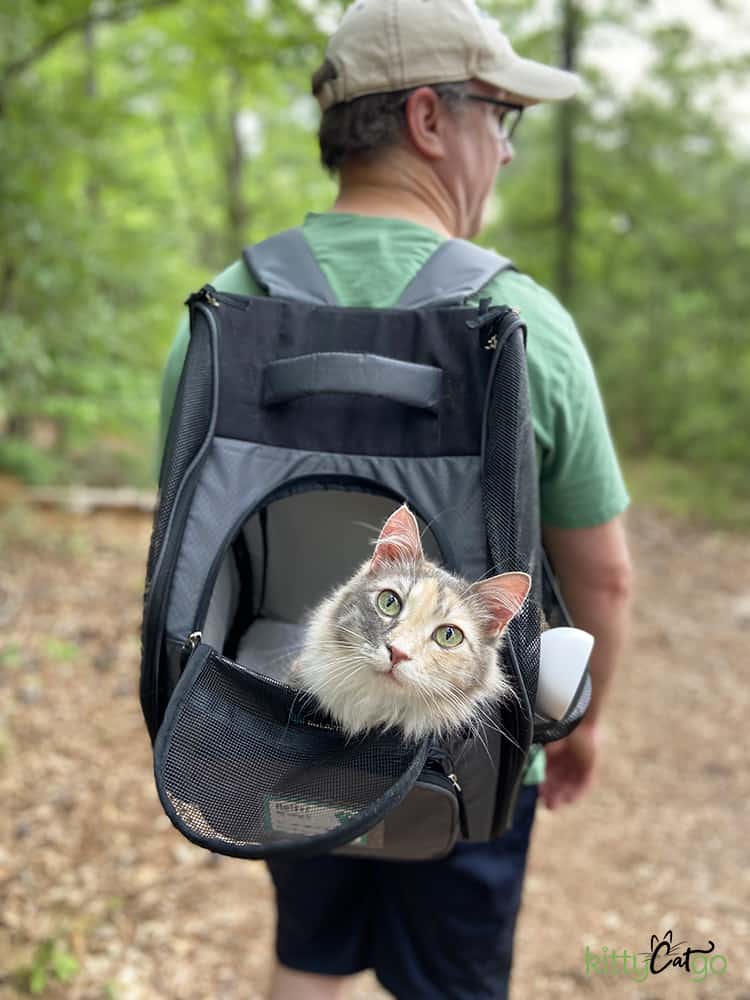
6. Use a cooling scarf or bandana.
If your cat will tolerate wearing things, try getting them a cooling scarf or bandana. They are typically made of material that you can wet down and that is breathable to create a cooling effect.
You can buy one that is specifically made for pets or just use a regular bandana. Wet it, put it in the refrigerator for about 20-30 minutes, then tie around your cat’s neck. It won’t last forever, but it can help cool them off for a little bit.
7. Bring a fan.
A battery-powered, hand-held fan is a wonderful adventure accessory for both you and your cat! When your cat is getting hot, take a break, pull out the fan, and cool off together. For an extra cooling effect, you can wet your cat down a bit before pulling out the fan.
8. Take breaks.
If you’re on a hike or other type of strenuous adventure, be sure to not to push your cat too hard. Take plenty of breaks to give your cat the opportunity to rest. Keep an eye on their behavior to know when they’re tired. If your cat starts slowing down or panting, it’s time to rest.
Backpack training your cat is recommended too. If your cat is used to riding in a backpack, they can easily take a break at times when you want to keep going.
9. Limit the amount of time you spend outdoors.
Being exposed to extreme temperatures for extended periods of time isn’t good for anybody. One of the best ways you can keep your cat safe is by keeping your adventures short, especially if the temperatures are on the more extreme side.
10. Brush your cat before heading out.
Though some people opt to shave their cats’ coats in the summer, this isn’t generally a recommended practice. It might seem like your cats’ coat will make them more likely to overheat, but the opposite is true. The ASPCA says, “Our pets’ coats have several layers that are essential to their comfort in the heat. Robbing your dog or cat of this natural cooling system can lead to discomfort, overheating and other serious dangers like sunburn or skin cancer.”
Instead of shaving your cat, give them a good brushing before you head out to remove all the excess shedded fur that might be accumulated in their coats. Getting rid of that extra fur will help to keep them cooler.
Signs of Heat Exhaustion in Cats
Even if you take all of the precautions listed above, your cat may still become overheated, especially if you are adventuring on an extremely hot day. Watch out for these signs of heat exhaustion:
- Breathing rapidly/panting
- Racing heart rate
- Red tongue and mouth
- Vomiting
- Lethargy
- Stumbling or staggering
- Rectal temperature over 105F
If you notice any of these symptoms, stop your adventure and get your cat cooled down immediately. If left unchecked, heat exhaustion can lead to a heat stroke, which can be life-threatening.
Check out our post “How Do Cats Cool Down When They Get Hot? + Tips for Avoiding Overheating” for more understanding on how cats’ bodies work in the heat and how you can help.
Other Summer Safety Tips
The heat isn’t the only danger to your cat during the hot summer months! This is the time of year when fleas, ticks, and mosquitos are thriving, so be sure to protect your cat against them. Fleas and ticks can potentially cause a host of health issues for you cat, and mosquitos carry heartworms.
Talk to your vet about which flea, tick, and heartworm preventative is best for your cat.


About the Author
Emily Hall, ABCCT is a certified cat trainer and cat adventure enthusiast. As a “mom” to five cats and one dog, she has been writing in the pet industry for over 10 years, with a focus on traveling and adventuring with cats.
Emily has a passion for getting out there and doing more with her cats – for pushing the bounds of cat expectations! She and her husband enjoy hiking, road-tripping, camping, and canoeing with their three cat adventurers. Read more about Emily here.



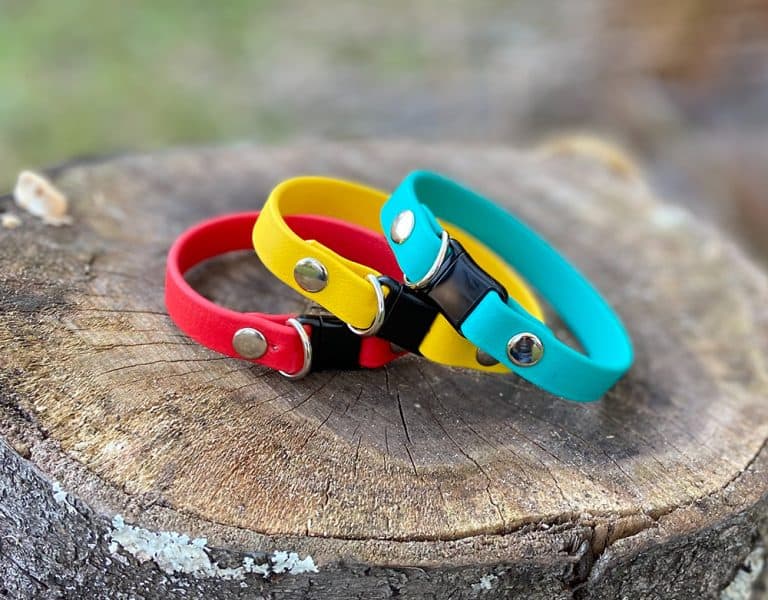
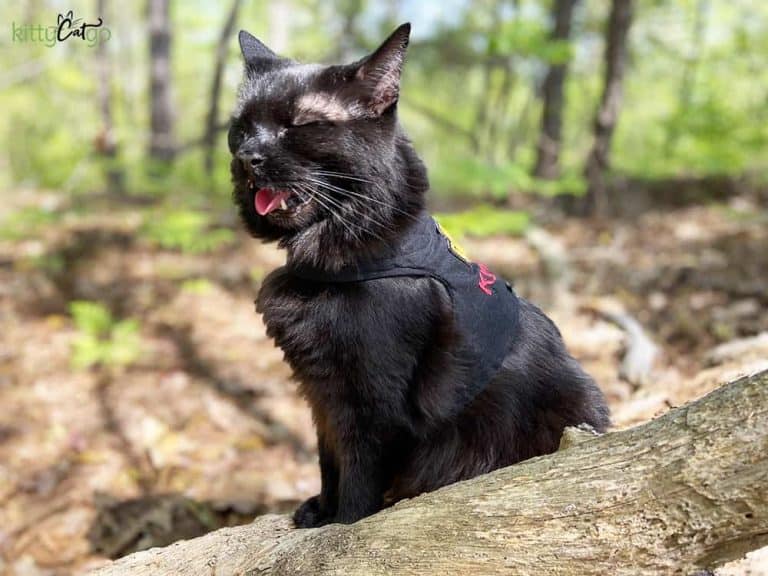
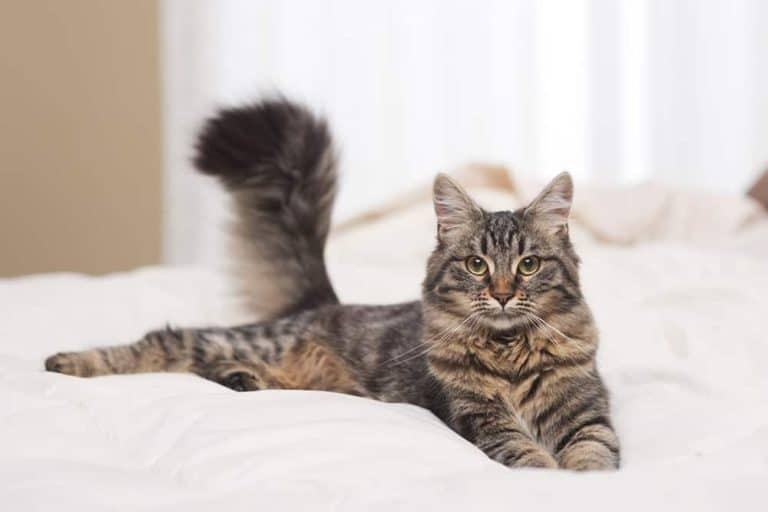
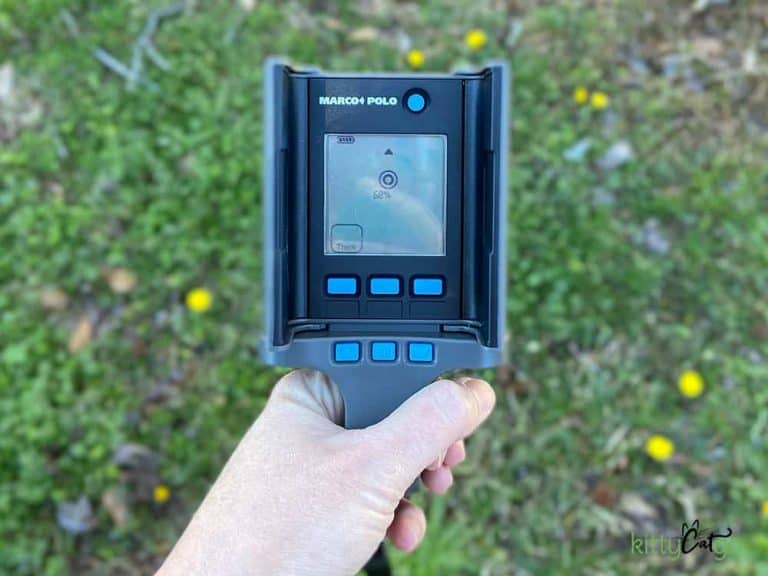
Thanks for all this great info, Emily. Keep up the good work. Very proud of you for all you have accomplished. Janet